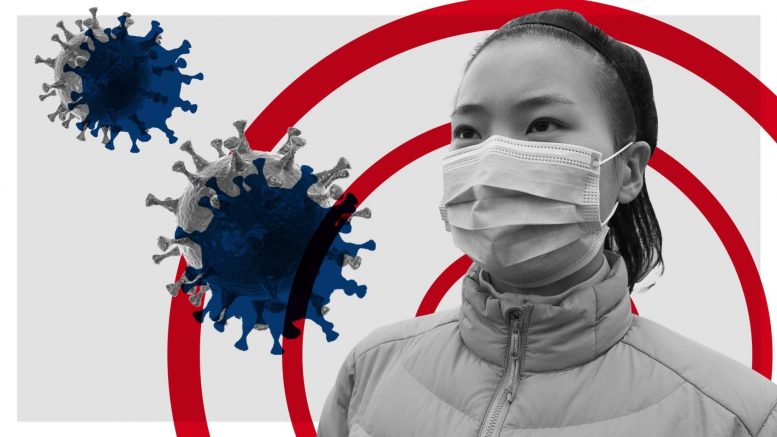Worries about the COVID-19 outbreaks are dominating the talk in schools, neighborhoods, and workplaces all around the world. In Illinois, where there are currently only 6 confirmed cases of coronavirus, frightened consumers are frantically buying out masks and hand sanitizers from their local CVS and Walgreens, to the point where shelves are empty immediately after being restocked.
COVID-19 is an infectious disease caused by the most recent coronavirus, one of a large family of viruses that have been causing illnesses for centuries. It spreads through person-to-person contact and although research is still underway, it has been deemed highly contagious. It originated in the Wuhan region of China and has since spread all across the world.
As of March 7, 2020, there are over 103,000 confirmed cases of COVID-19 and 3,500 deaths across 97 countries. Of those cases, there are approximately 440 cases in the United States, primarily in California, Washington, and New York. Washington, Maryland, California, Florida, and New York have all declared a state of emergency, which will ideally expedite the procurement of medical resources and expertise and combat price gouging of those medical supplies. Multiple schools and offices in California and Washington have closed their doors in efforts to slow the spread of COVID-19 and conferences across the world are being canceled even after years of planning.
On Friday, March 6, 2020, President Donald Trump signed into law the Coronavirus Preparedness and Response Supplemental Appropriations Act, which allocated $8.3 billion to aid and prevention for COVID-19. This funding will be set aside for the state and local health departments, for the health secretary’s dispersal, for vaccines and treatments, for international activities, and for various other needs related to COVID-19. In addition, on March 3, the World Bank Group allocated up to $12 billion, including $8 billion in new funding, to aid countries in treating COVID-19 and recovering from its effects.
With this disease taking the world by storm, how concerned should we be? The data from Chinese research facilities suggest that older people are about twice as likely to be severely affected by COVID-19 than younger and healthier people, with the fatality rate for people of age 80 years or older estimated at 14.8%, as compared to the baseline estimated fatality rate of 2.3% overall. People with chronic lung disease, chronic cardiac disease, and diabetes are also at greater risk due to their weakened immune systems. It is recommended for people to take the same precautions that are usually taken for the flu, such as avoiding close contact with people who are sick and washing hands often. To slow the spread of COVID-19, the CDC has recommended avoiding nonessential travel to warning level 2 and 3 countries which currently include China, South Korea, Iran, Italy, and Japan.
Although a sequenced genome of COVID-19 was released in January of 2020, a vaccine or drug fit for distribution is not estimated to be available until at least 2021. Currently, multiple drugs and vaccines are being researched and developed to combat the COVID-19 pandemic in a race to protect the masses. As of March 4th, trials are already underway for testing both a new experimental antiviral drug and pre-existing drugs that have been effective against HIV. Remdesivir, a promising drug originally developed to combat Ebola which can be used to prevent the spread of COVID-19, is currently being tested in partnership with Chinese health authorities in random trials which are set to end in April.






Be the first to comment on "Updates on COVID-19: The Coronavirus Pandemic"